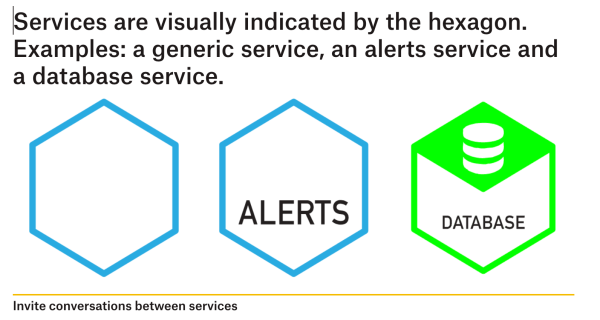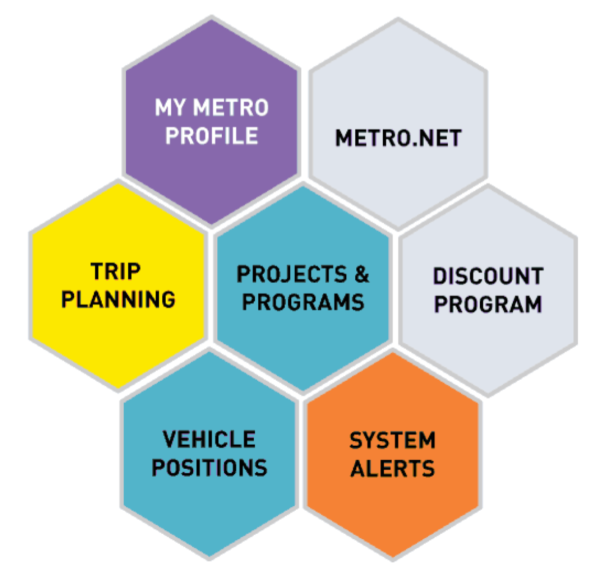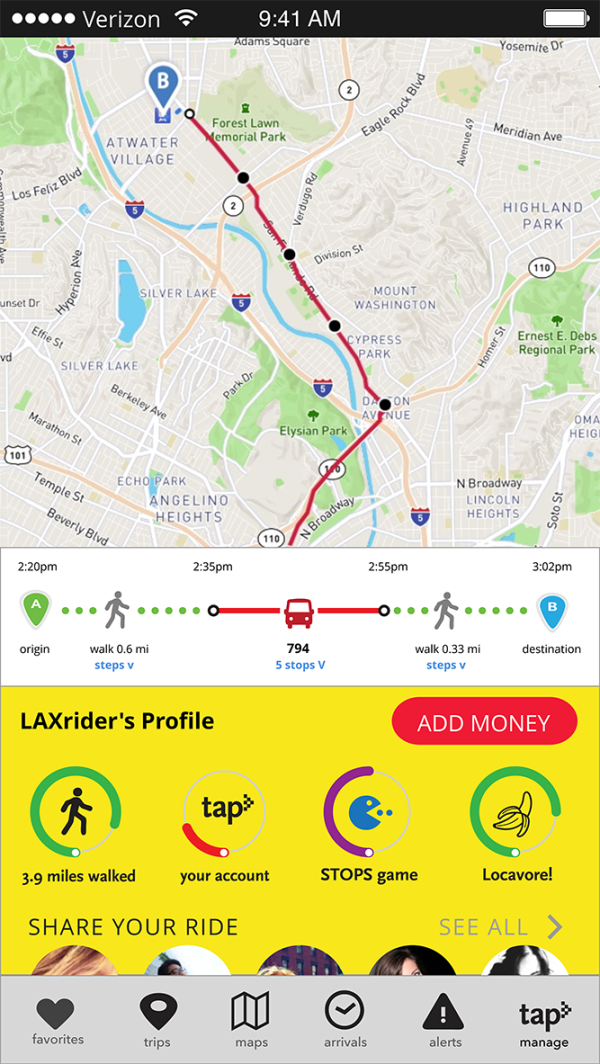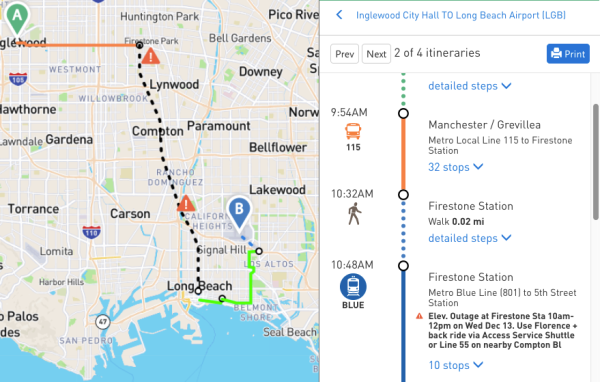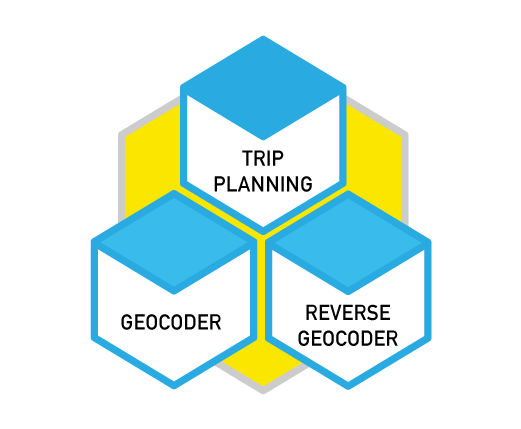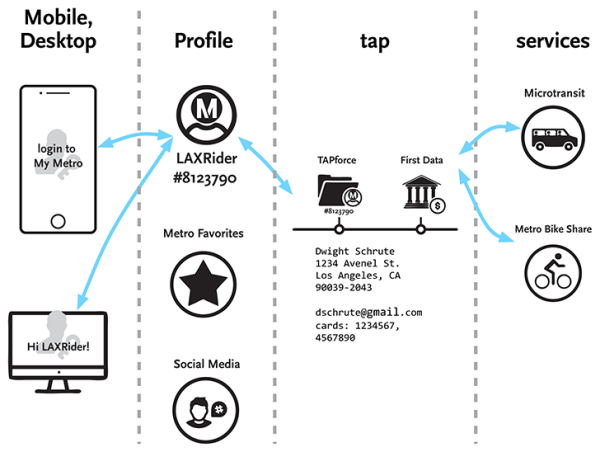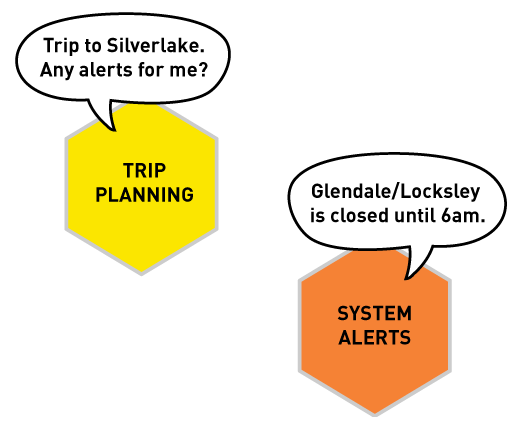XR for LA County Metro
LA Metro Transit Innovation Projects
Real-Time Vehicle Tracking Visualization (2008–2009)
Overview
As the lead developer for LA County Metro's Web and Mobile group, I developed a real-time visualization system to track Metro's entire fleet of vehicles. This project aimed to address rider anxiety about arrival times and create transparency in transit operations.
Technical Implementation
- Built using Processing, a Java-based visualization framework
- Integrated with Metro's existing vehicle tracking infrastructure
- Processed real-time data from 2,300+ vehicles
- Connected to Metro's central system via Mount Lukins radio tower
- Implemented GTFS (General Transit Feed Specification) standards
Challenges Overcome
- Coordinating real-time signals from 2,300+ vehicles
- Legacy mainframe system integration
- Data accuracy and latency issues
- Cross-departmental coordination
- Building trust between Marketing and IT departments
- Standardizing data for interoperability with major platforms (Google, Apple)
Impact & Insights
- Revealed discrepancies between scheduled and actual vehicle deployment
- Highlighted opportunities for system optimization
- Led to improved data standards for transit information sharing
- Fostered collaboration with major tech companies on GTFS implementation
Transit AR Navigation Prototype (2009–2010)
Overview
Building on insights from the tracking system, I developed a prototype augmented reality application to revolutionize how riders interact with public transit. The app aimed to make transit more accessible and spontaneous, encouraging increased ridership through intuitive visualization.
Key Features
- Real-time AR visualization of nearby buses and trains
- Visual indicators of vehicle distance through size scaling
- Directional awareness showing vehicle destinations
- Integration with entertainment venues and destinations
- Intuitive interface for spontaneous trip planning
User Experience
Users could simply hold up their phone to see:
- Incoming vehicles represented in AR
- Distance indicated by vehicle size in the display
- Destination information for each vehicle
- Potential entertainment destinations along routes
Goals
- Reduce dependency on traditional schedule-based planning
- Encourage spontaneous transit use
- Make public transit more accessible to occasional users
- Integrate transit with entertainment and lifestyle choices
- Provide alternatives to driving, especially for evening entertainment
Innovation Impact
The AR prototype demonstrated how emerging technologies could make public transit more intuitive and user-friendly. While not fully implemented before my departure to teach at Scripps College, the project showcased the potential for AR to transform urban mobility.
These projects were developed as part of LA County Metro's innovation initiatives, similar to Google's "20% time" program, allowing employees to explore novel solutions for increasing ridership and improving the transit experience.
